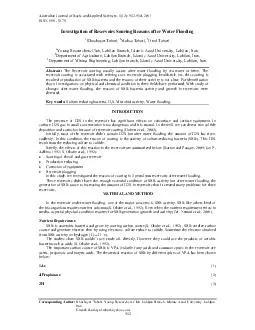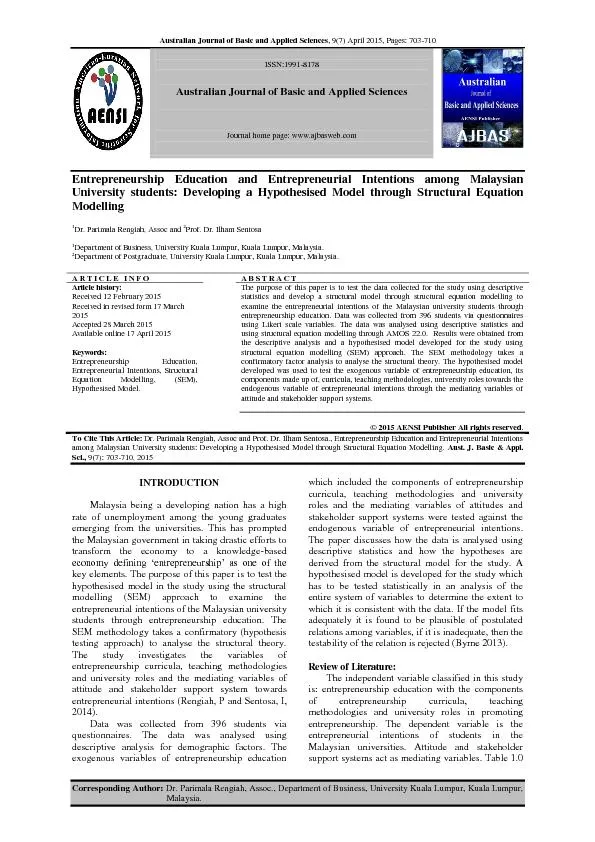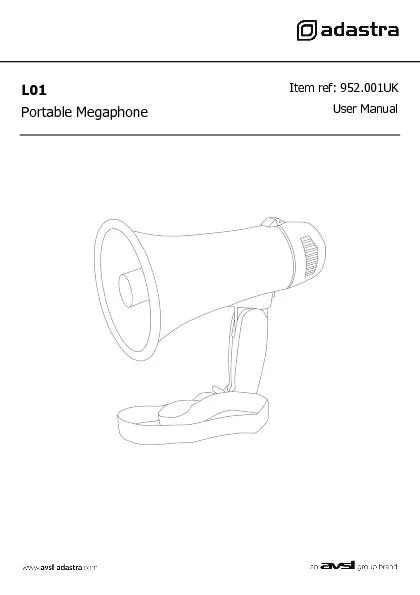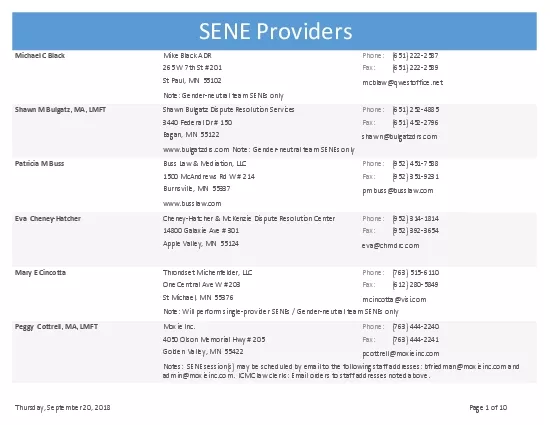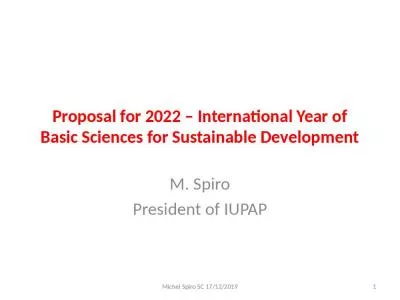PDF-Australian Journal of Basic and Applied Sciences, 5(12): 952-954, 2011
Author : conchita-marotz | Published Date : 2016-08-05
Iran Email khashayartabariyahoocom 952Investigation of Reservoirs Souring Reasons after Water FloodingKhashayar Tabari Mahsa Tabari reservoir souring is associated
Presentation Embed Code
Download Presentation
Download Presentation The PPT/PDF document "Australian Journal of Basic and Applied ..." is the property of its rightful owner. Permission is granted to download and print the materials on this website for personal, non-commercial use only, and to display it on your personal computer provided you do not modify the materials and that you retain all copyright notices contained in the materials. By downloading content from our website, you accept the terms of this agreement.
Australian Journal of Basic and Applied Sciences, 5(12): 952-954, 2011: Transcript
Download Rules Of Document
"Australian Journal of Basic and Applied Sciences, 5(12): 952-954, 2011"The content belongs to its owner. You may download and print it for personal use, without modification, and keep all copyright notices. By downloading, you agree to these terms.
Related Documents

